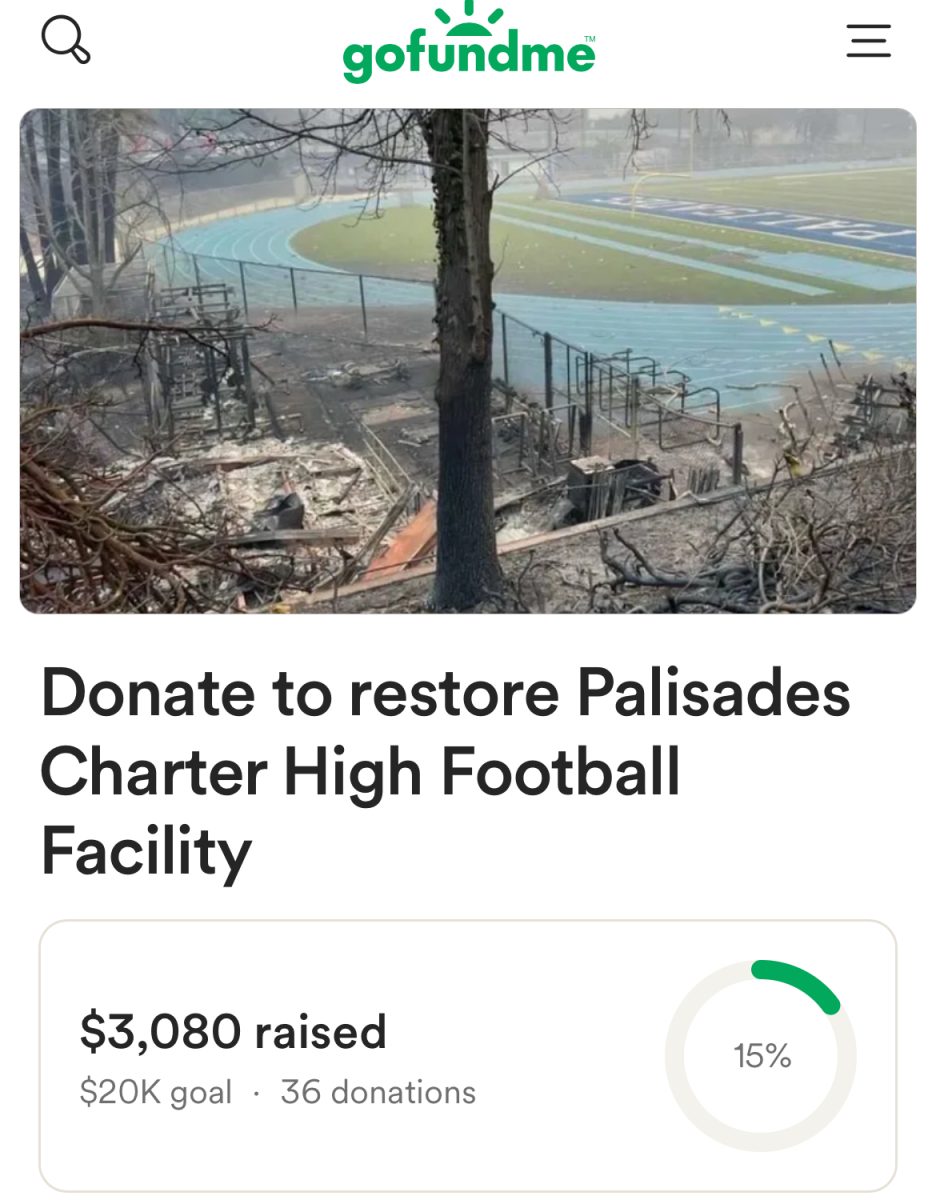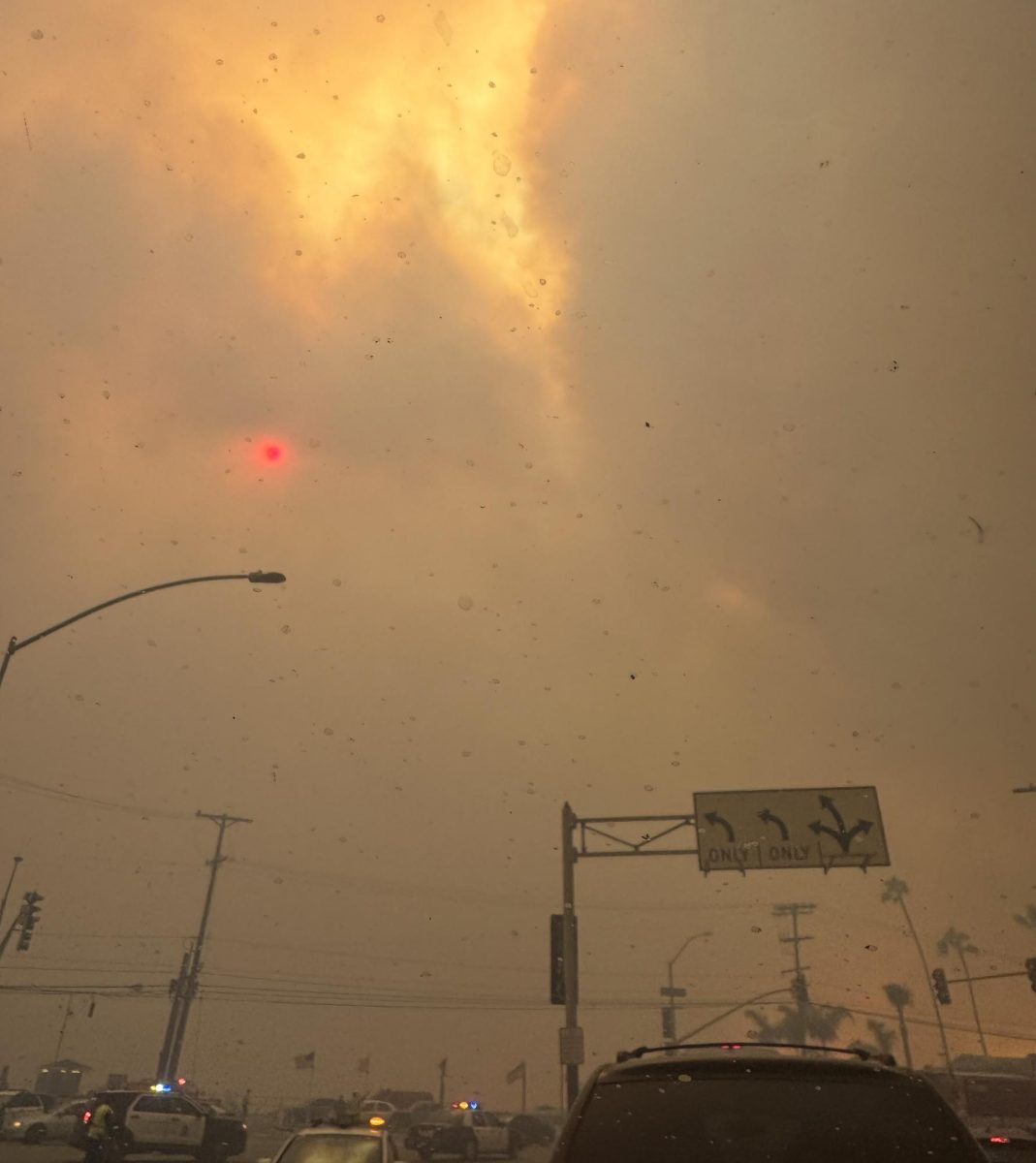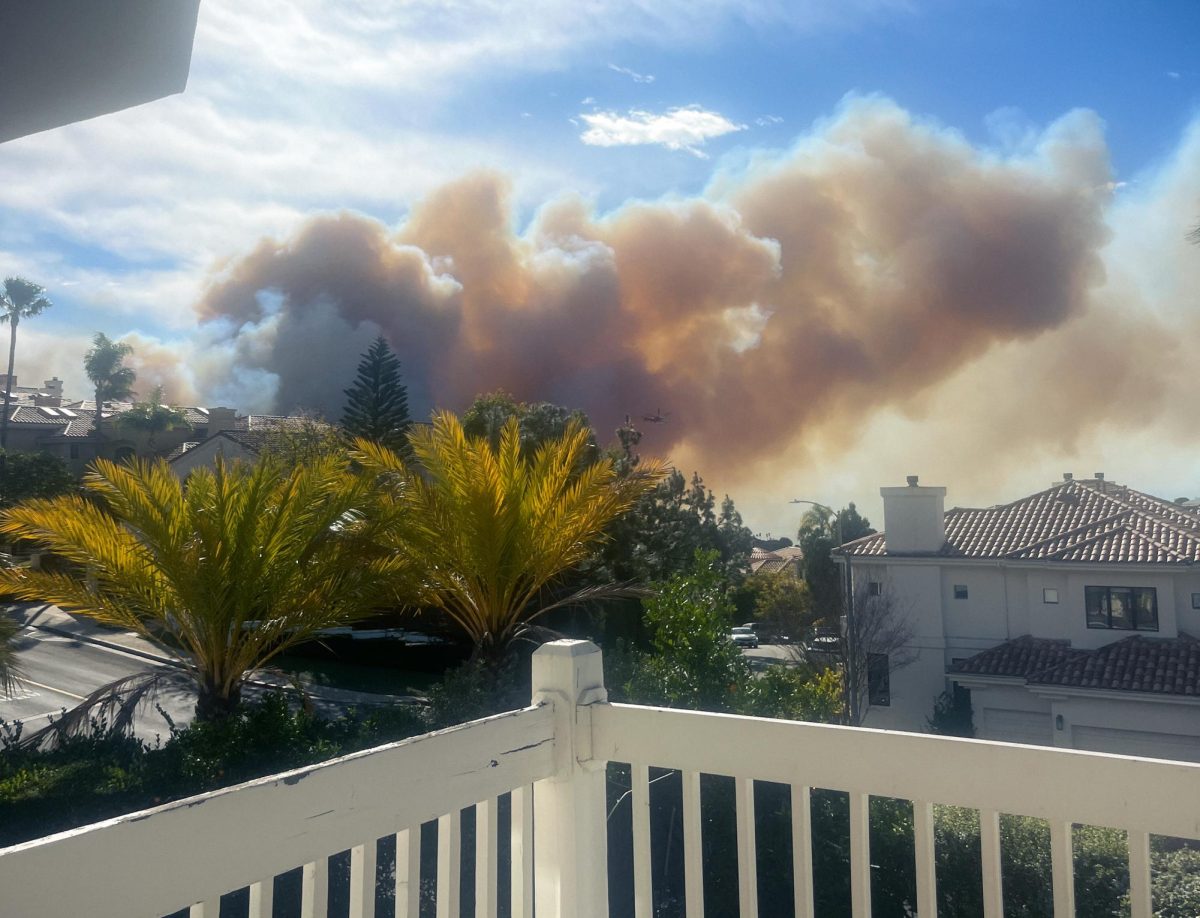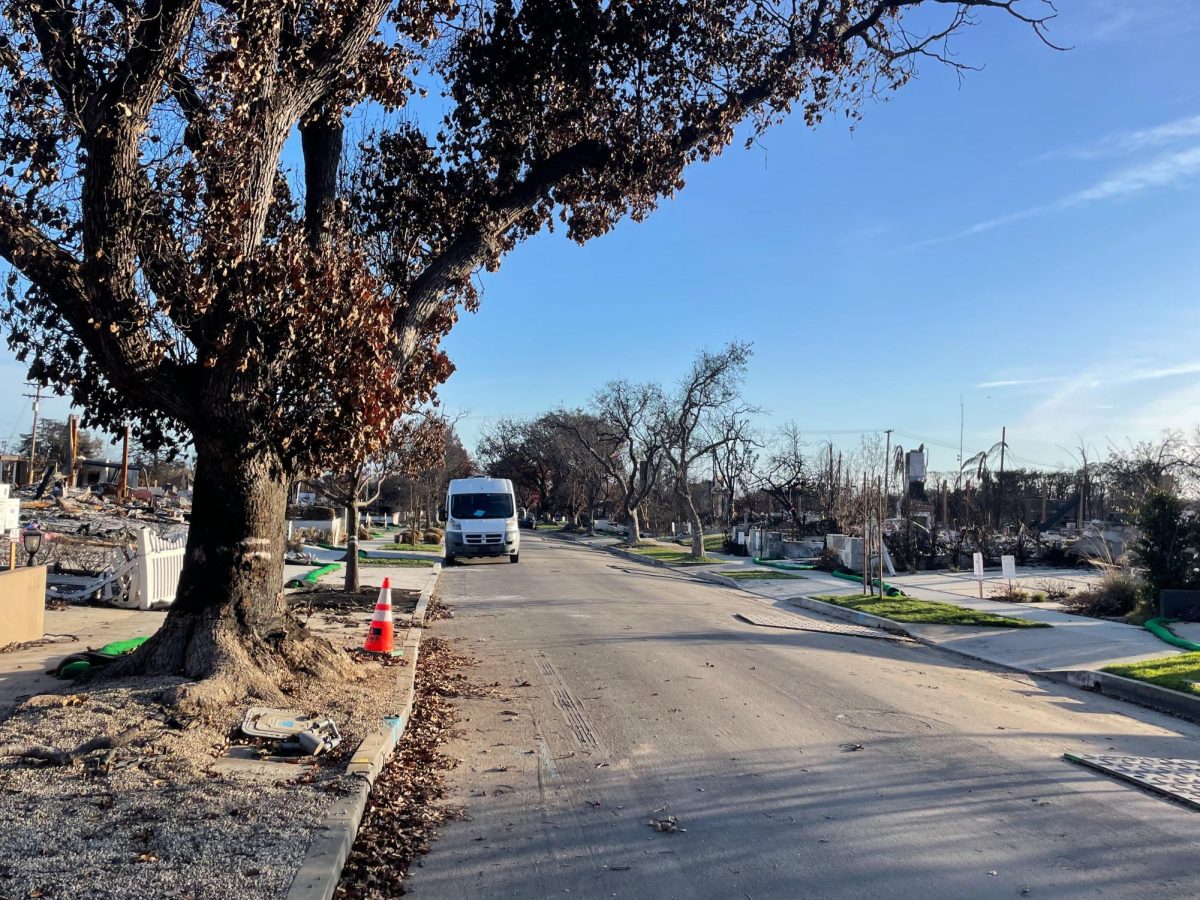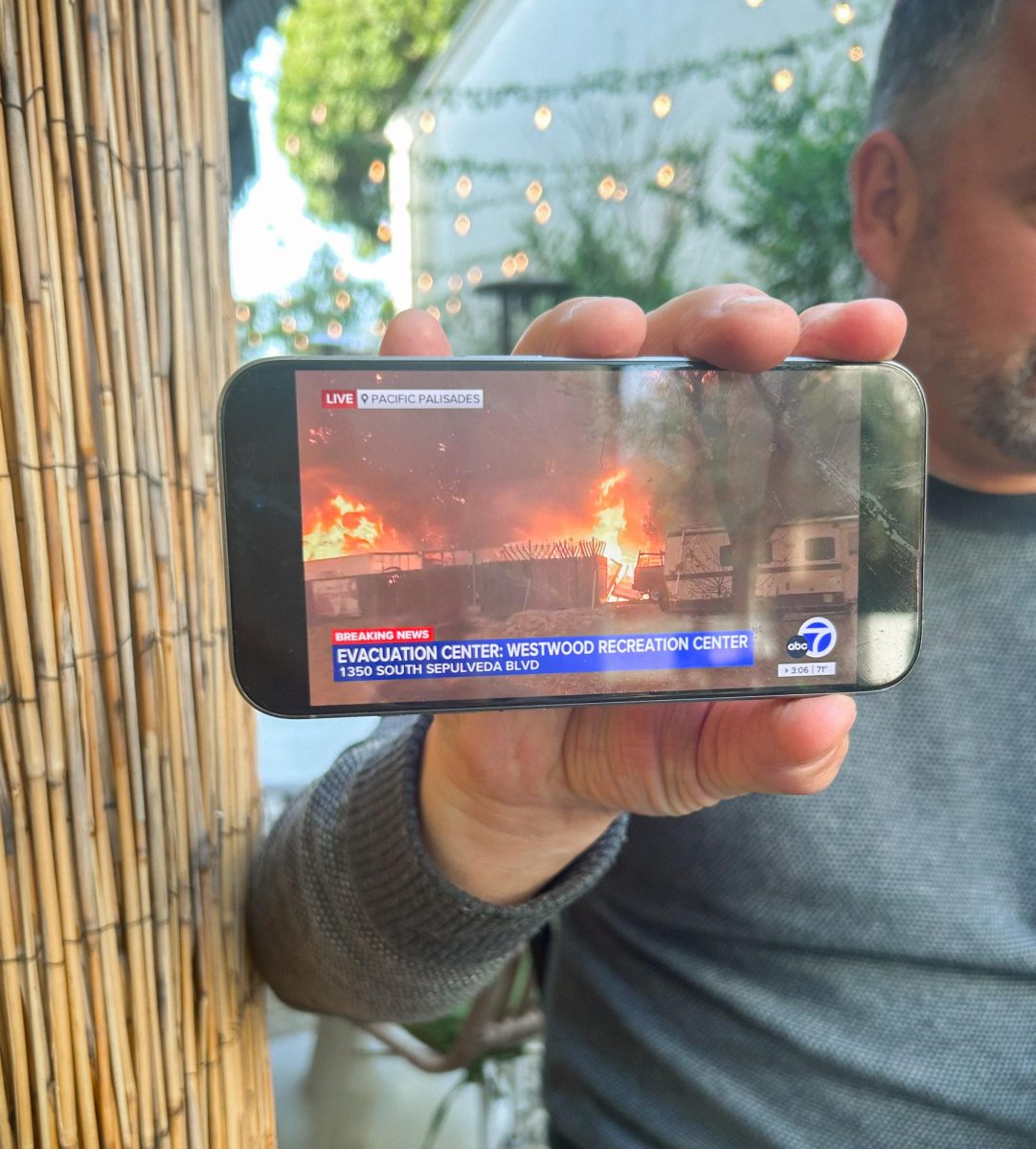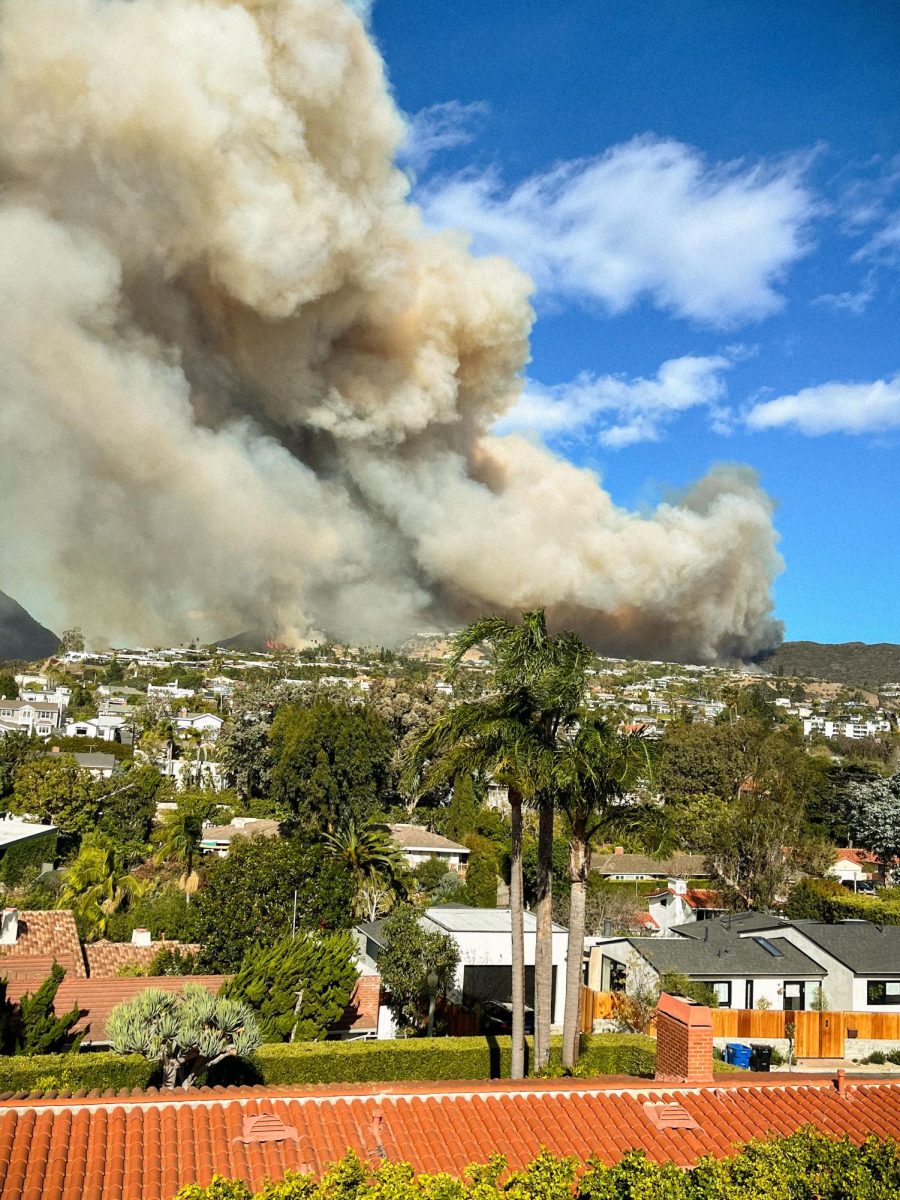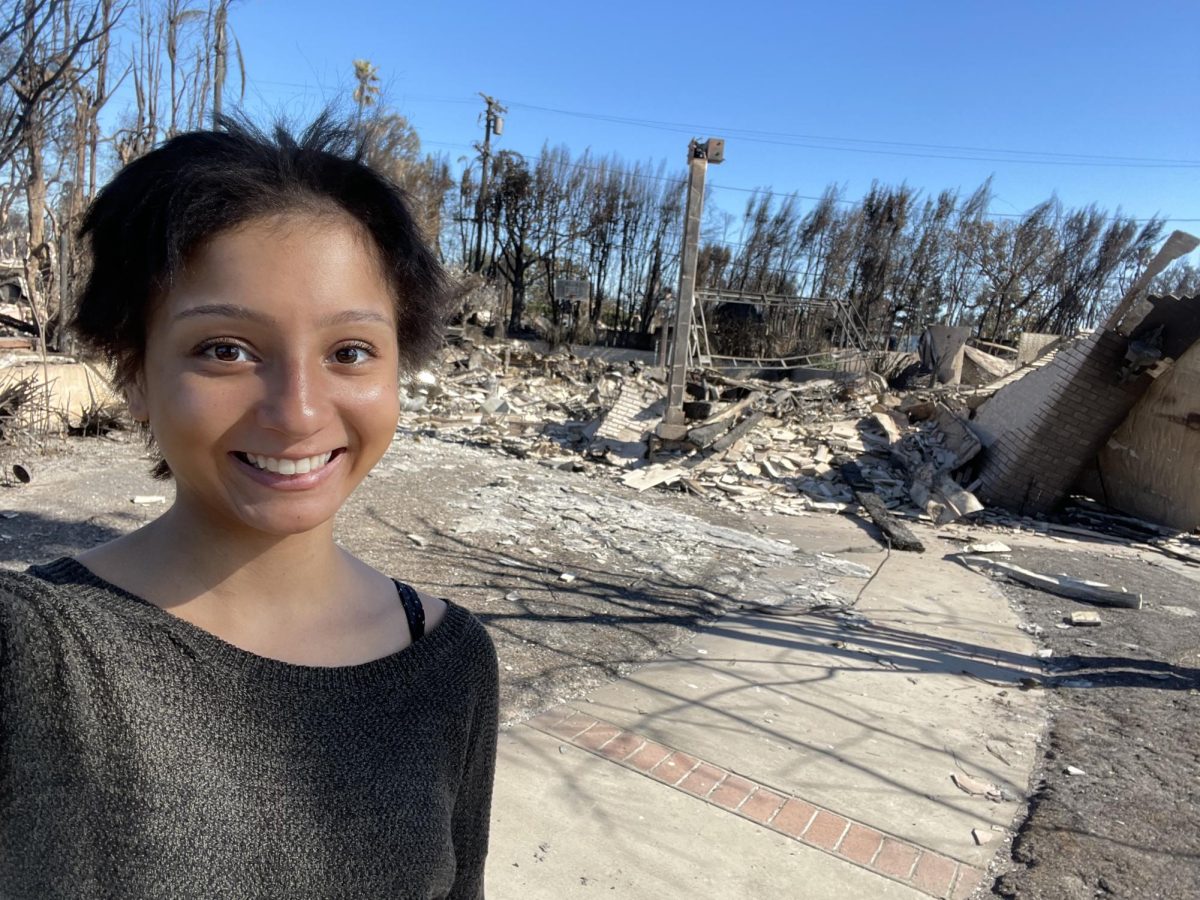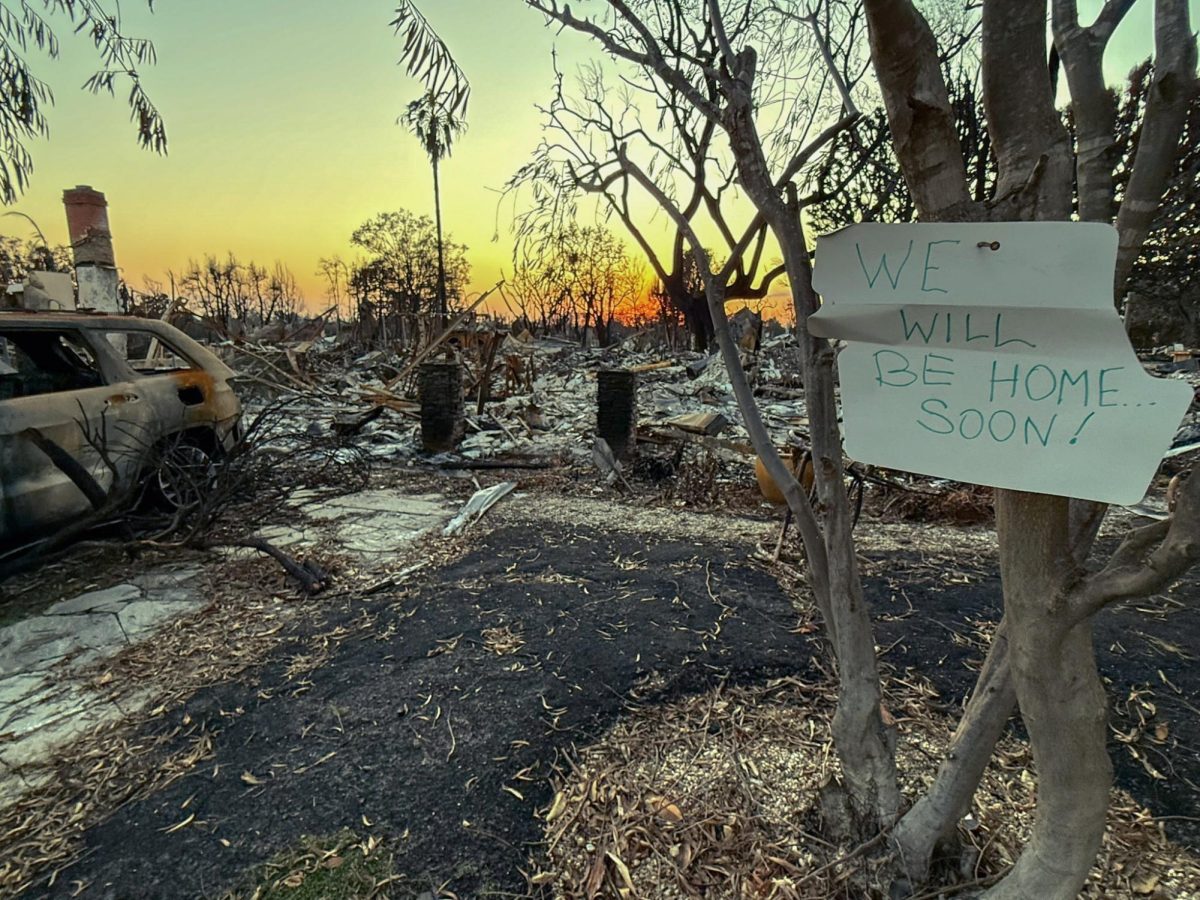Instagram Activism: A New Wave of Protesting
November 12, 2019
It can be easy to get sucked into the social media vortex, spending hours upon hours scrolling through Instagram posts and Snapchat stories. While Instagram normally supplies an endless, repeating cycle of memes, birthday shoutouts and polls, posts taking a more political tone have risen in popularity.
In recent months, in response to controversial issues such as the Heartbeat ban and the forest fires in the Amazon, frustrated teens are turning to Instagram to advocate for change.
As a participant in organizations such as Planned Parenthood and the ACLU, politically active sophomore Eliana Bernstein is no stranger to the world of activism. She frequently uses Instagram to advocate and engage with her peers.
Bernstein explains that she uses Instagram over other social media platforms, because she believes that Instagram is a platform that “people take more seriously.” Similar to student-led activism, organizations such as Planned Parenthood and protests such as the Women’s March tend to use Instagram to further promote their causes. Even former U.S. President Barack Obama uses Instagram to raise awareness of issues important to him. Many teens tend to gravitate toward activism on Instagram over older platforms such as Facebook since the majority of their peers don’t have Facebook accounts.
Specific features only available on Instagram make it simple for users like Bernstein to get their messages out. Activists can share posts that they agree or disagree with on their Instagram stories, in order to advocate for or against specific movements. Bernstein also mentions how the permanent story feature, which enables followers to view archived stories, allows her to keep important links and posts on her Instagram page. Bernstein says she prefers Instagram to Snapchat, because she has “more viewers on Instagram” meaning that her posts have the potential to more awareness to various issues.
Similar to Bernstein, many organizations use Instagram or Twitter to spread their messages and to recruit supporters. However, most teens are not active on Twitter, making Instagram the more effective platform when it comes to Gen Z. According to a survey conducted by the Pew Research Center, approximately 70 percent of Americans use social media to share information. And these constant alerts and reposts, that come with social media, allow for the rapid diffusion of information.
Social media activism is especially important for high schoolers. According to Bernstein, “It’s really important that [the seniors and juniors who can vote] know what’s going on.” Even those who can’t vote can post current events and statistics on certain topics, pushing out information – be it propaganda or factual – to help eligible voters make informed decisions.
Not only can political posts help educate new voters, but it can also spark debates. Junior Michael Brent IV says he frequently has political debates on Instagram. While he prefers to have these conversations in person, Brent admits that it’s more common for them to occur online. Brent posts about a wide range of political topics including climate change and race relations in the United States, which can lead to comments to people that disagree. debates can get pretty heated, but he always manages to find common ground with his opponent in the end.
The May 29 mass whale killing in Denmark sparked outrage among many Instagram users. After the event took place, many people started sharing posts and videos of this ritual, while expressing their disgust with the situation. However, junior Marieka Possman points out that this specific instance brought out general prejudice between different animal species that exists in society. In the whale killing, more than 100 pilot whales were killed, but as Possman puts it, “Of course that’s important and it’s disgusting, but there are billions of livestock being killed every year in this country alone and that’s just not shown.” As a health-conscious vegetarian, Possman finds this entire situation particularly frustrating, recognizing the fact that only a select few subjects are getting covered while pressing matters are being blatantly ignored by Instagram activists.
While Possman isn’t against teen activism per say, she believes that “one post in particular isn’t going to do anything besides raise awareness.” She says that teens, whose posts typically reach about a couple hundred to a 1,000 people, are not really activists but rather people who are “advocating for a very limited audience instead of going out and actually doing something.”
As opposed to those who are simply just raising awareness, many Instagram users help people identify how they can participate in change. While educating her peers on the happenings in the political world, Bernstein also says she “give[s] people links on how they can contact their Senators and how they can get action texts from Planned Parenthood and the ACLU.” This way, she’s providing teens with the resources to encourage engagement and be a part of the change themselves.
While Bernstein, Brent and Possman might disagree on the ways to effectively advocate on Instagram, they all agree that activism is beneficial. Maybe for one person, it’s cutting down on meat consumption, or for another person, it’s finding sustainable clothes that don’t hurt the environment. Maybe it’s as simple as posting about a protest that’s happening or signing up for action texts from the ACLU.
“I do think it’s hard as a teenager to get out there,” Bernstein says, “but it’s definitely something I want to do for myself. I want to show teenagers that it’s way easier than you think and that you can get involved.”



